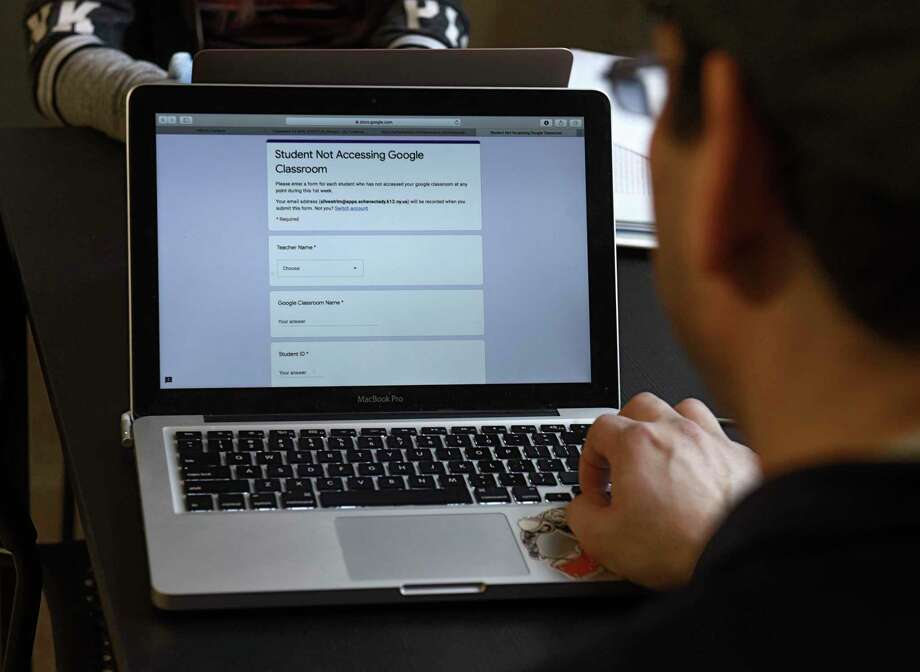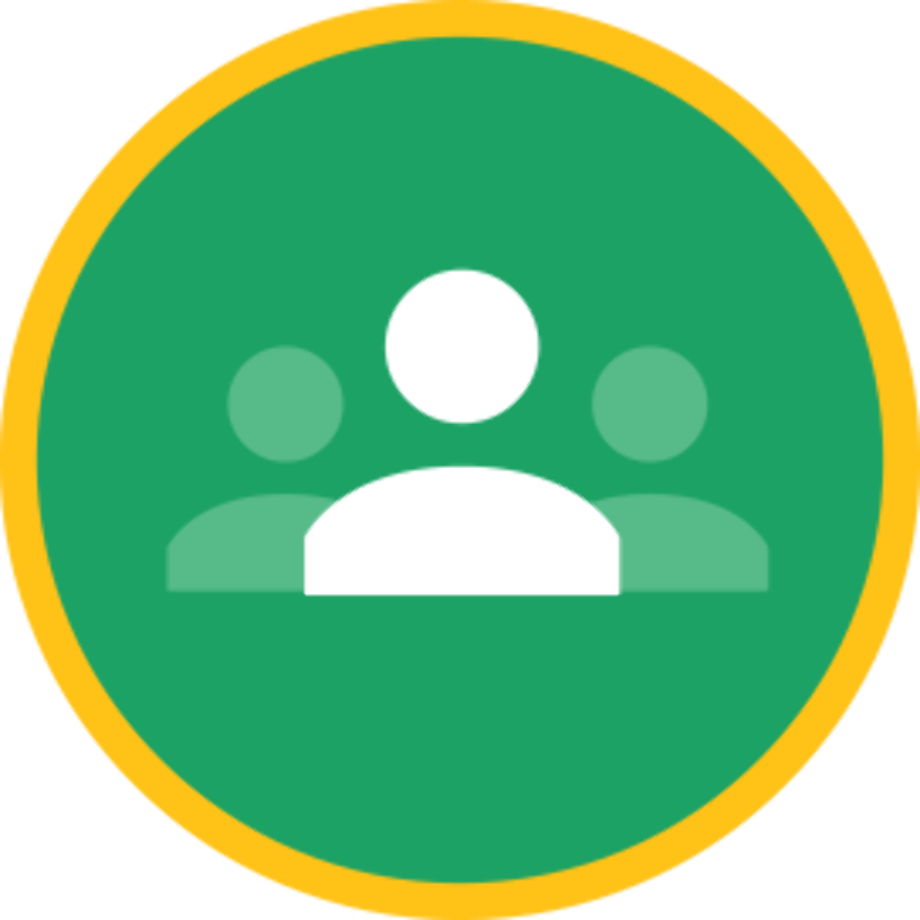
“I recommend that teachers create a weekly checklist and keep it simple. Try to kindly encourage educators-most of whom are also learning the platform-to keep things simple. In our school system, teachers have been very open to help and suggestions. That allows us to quickly fire up Classroom, see which tasks are due, and manage the day’s workflow without interrupting the learning that’s taking place on the primary screen. My wife and I have also loaded Classroom onto our own phones and added his login. Our son uses Google Classroom on a Chromebook (here’s our guide to the best ones), via an assigned in-school username and password. Tips to help kids with Google Classroom 1. We’ve tried to offer some help for those situations, too. We understand that these times can be particularly challenging for different people-especially if a child has special needs, doesn’t have access to technology, or has a language barrier to cope with. These are general tips, and they certainly won’t be right for all students in all situations. There are similar products being used for similar purposes, and some of these tips generally apply to those as well (if you’d like separate information on those products, let us know in the comments). Of course, not every school uses Google Classroom. I spoke with several teachers and parents, as well as with Google’s Classroom team, and collected several tips on making the platform work as you transition to remote learning during the coronavirus quarantine. But mostly it has been an adaptation-a task that involves learning, sharing, and acceptance.

There have indeed been moments-especially when contact-starved kids encounter their friends in a group video chat, or banter back and forth in comment threads ostensibly about a specific assignment-that have been fun, even joyful. “The teachers are still learning this too,” she wrote, “and it’s a challenge. One of our sons is in third grade, and early on, his teacher let us know that this-like practically everything everyone has experienced in recent weeks-was uncharted territory. But our first week as parents using Google Classroom wasn’t easy. If teachers assign reading comprehension assignments with a Q&A format, for example, they have to create a Google doc for students just one time each student gets their own copy, complete with an additional “Turn In” button, where non-Classroom users see the “Share” command. The idea is for Google Classroom (available as an app for phones and tablets, as well as a web app for Chrome) to act as a central hub for everything a student does electronically. What is Google Classroom? “Classroom is a thin layer that sits on top of all the other tools that allows assignments to be distributed daily, and teachers to give personal feedback,” says Zach Yeskel, Google’s product manager for Google Classroom. But ultimately, our school and thousands of others have consolidated around a product called Google Classroom.

At first, we received paper handouts and a scattering of online assignments. Many other districts have already thrown in the towel on traditional schooling until at least September. Our school district, in Portland, Maine, has shuttered until at least May.

Schools around the world are struggling with something most had never prepared for: a total conversion to remote learning.

About 90 percent of the planet’s kids and youths who are enrolled in school-an estimated 1.5 billion-were grounded at home by late March, according to one UNESCO estimate. But one of the most astonishing figures is the number of children worldwide who’ve been forced out of school. More than 2 million cases, tens of thousands of deaths, weeks of quarantine, scores of countries, all tallied.


 0 kommentar(er)
0 kommentar(er)
